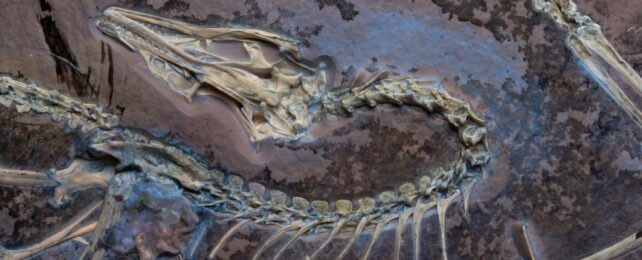One of the most famous fossil creatures in the world has just received a major glow-up.
More than a century and a half after scientists first discovered the remains of Archaeopteryx, researchers have CT-scanned a nearly complete and uncrushed specimen for the first time.
Sometimes known as 'the first bird', the dinosaur represents a crucial moment 150 million years ago in the evolution of flight. Whether the dinosaur could actually take to the air in powered motion, however, is an ongoing debate this fossil is helping to resolve.
The level of detail in the specimen is exceptional. The skeleton is missing a single bone at the end of one of its wing's digits. Otherwise, it is completely intact.
Perhaps the most exciting features, however, are invisible to the naked eye. Under ultraviolet light (UV), glowing traces of soft tissue structures can be seen, revealing crucial information on skin and plumage that has never been observed before.
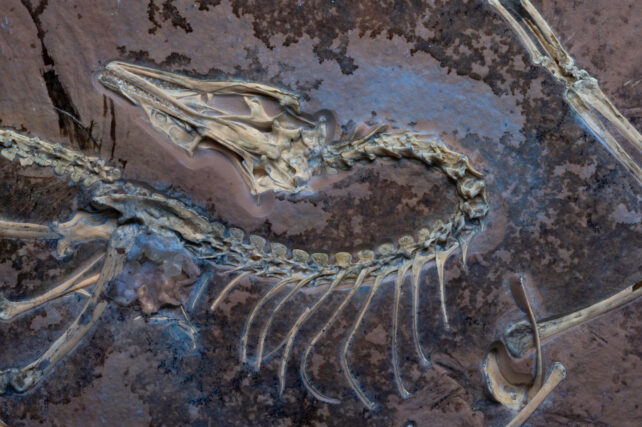
These incredible insights suggest that the bird-like dinosaur, about the size of a pigeon, may have been capable of flight, according to the authors of the study, led by researchers at Chicago's Field Museum of Natural History.
Based on UV analysis, each of its wings hosts a distinct and clearly preserved tract of specialized inner secondary feathers, which stretch from the elbow to the side of the body, extending the wing.
These feathers, called tertials, would have probably been essential for flight in such a long-winged dinosaur, and they have been conspicuously missing in previously found Archaeopteryx fossils.
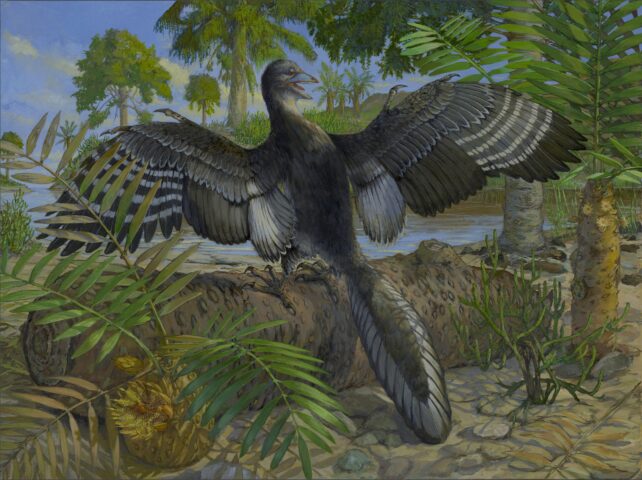
"Archaeopteryx isn't the first dinosaur to have feathers, or the first dinosaur to have 'wings.' But we think it's the earliest known dinosaur that was able to use its feathers to fly," explains lead author Jingmai O'Connor, the Field Museum's associate curator of fossil reptiles.
"Compared to most living birds, Archaeopteryx has a very long upper arm bone. And if you're trying to fly, having a long upper arm bone can create a gap between the long primary and secondary feathers of the wing and the rest of your body. If air passes through that gap, that disrupts the lift you're generating, and you can't fly."
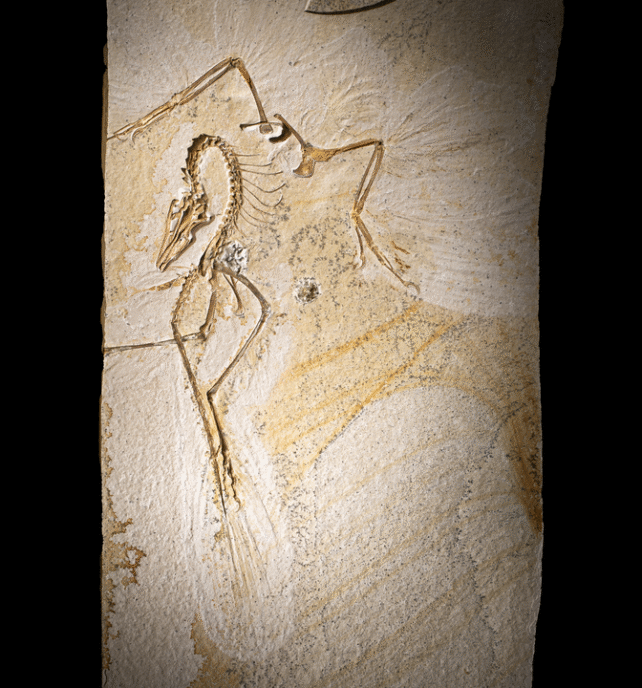
Based on what we know of living birds with long wings, the role of tertial feathers is primarily to close the wing gap and aid in flight, but the unusual fan-shape found on the Chicago Archaeopteryx fossil suggests these feathers may have also played a role in visual communication. The two hypotheses are not mutually exclusive.
Despite years of study and the discovery of 13 other Archaeopteryx specimens, there is still great controversy surrounding this bird-like dinosaur and whether or not it was built for flight.
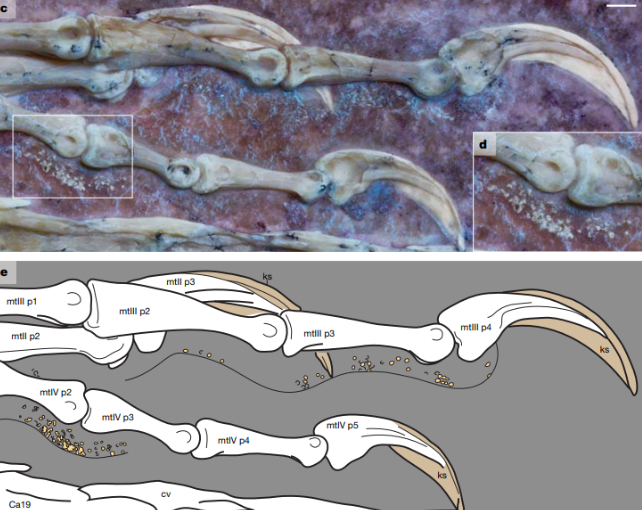
This newly imaged specimen, number 14, was almost lost to scientific inquiry – kept in the hands of private collectors for decades before the Field Museum procured it in 2022.
Now, its high-resolution CT scans are freely available for perusal and research.
"We're learning something exciting and new from just about every part of the body that we have preserved. And this paper is really just the tip of the iceberg," says O'Connor.
The study was published in Nature.
